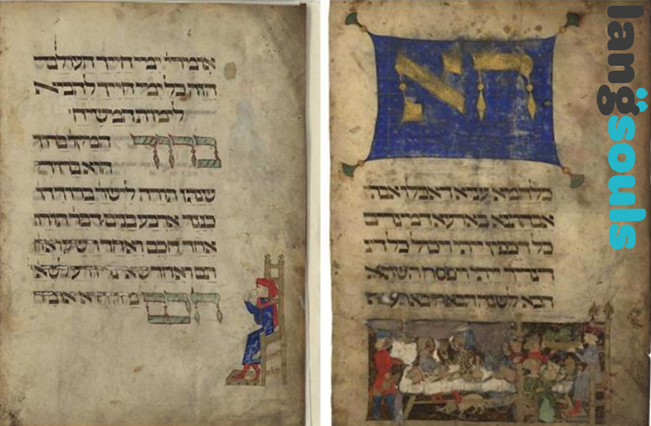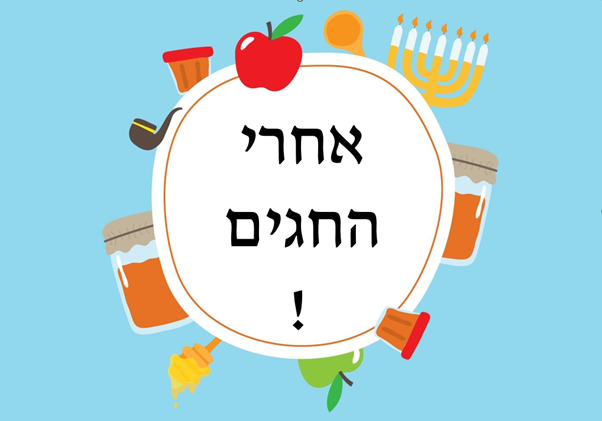Each year, as families gather to celebrate Passover, they recite the Haggadah, beginning with a notable passage in Aramaic: “Ha laḥma anya di-akhalu avahatana b’ar’a d’mitsrayim,” which means “This is the bread of poverty that our forefathers ate in the land of Egypt.” This initial use of Aramaic, rather than Hebrew, offers a compelling glimpse into the past, where language served as a key tool in shaping community and identity.
The choice to begin the Haggadah in Aramaic—a language once widespread but now largely obscure—carries deep historical resonance. Aramaic was the lingua franca of the Jews during much of their early history, a tool for daily communication across diverse communities. Its use in the Haggadah reflects a practical approach to spirituality, ensuring that the message was accessible to the majority at the time it was written. Conversely, the switch to Hebrew for the rest of the Haggadah connects to a sacred linguistic tradition, resonating with spiritual significance and collective memory.
This linguistic shift within the Haggadah mirrors the broader dynamics of global communication. Just as the Jewish people have historically navigated between languages such as Aramaic and Hebrew, today’s global society juggles multiple languages within single communities. The judicious use of Aramaic in the Haggadah can be likened to modern practices where businesses and services adapt their language use to meet the needs of diverse audiences, ensuring comprehension and connection.
For a translation company, the Haggadah’s approach underscores the crucial role of language services in modern communication. The strategic use of different languages to optimize understanding is akin to how businesses today must communicate with global audiences. They must choose the right language for the right context to effectively reach and engage their customers.
In this way, the Jewish experience as depicted through the Haggadah serves as a microcosm of the world’s linguistic landscape. It highlights the necessity of language adaptation in maintaining cultural continuity and ensuring messages resonate on a universal level. Just as the Haggadah used Aramaic to avoid excluding any participant from the narrative of the seder, businesses and organizations must employ translation and localization services to ensure no one is left behind in today’s fast-paced global dialogue.
This analogy between the historical linguistic strategies of the Jewish people and modern global communication strategies illustrates a timeless lesson: understanding and engaging with an audience in their language is not merely a functional necessity but a profound way to connect across time and space. As we continue to navigate an increasingly interconnected world, the story of the Haggadah invites us to consider how our own communication practices can be more thoughtful, strategic, and inclusive.





